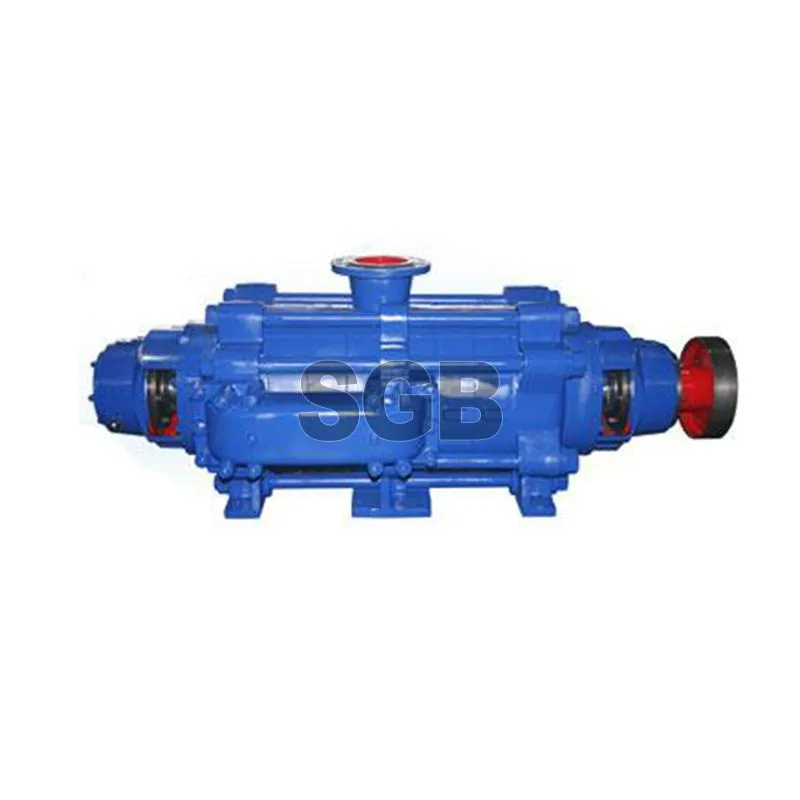Multistage centrifugal pumps play a pivotal role in various industries, providing a reliable and efficient means of transporting fluids. Their unique design enables them to generate high pressures and handle large flow rates, making them essential in applications ranging from water supply and irrigation to oil and gas processing. In this article, we will delve into the workings of a multistage centrifugal pump to gain a better understanding of its mechanism and the principles behind its efficiency.

At its core, a multistage centrifugal pump operates based on the principle of centrifugal force. Centrifugal force is the outward force exerted on an object moving in a circular path. In the context of a pump, this force is utilized to propel fluid outward from the center of rotation, creating a continuous flow.
A multistage centrifugal pump comprises multiple impeller and diffuser combinations arranged in series. The impellers are the rotating components responsible for generating centrifugal force, while the diffusers serve to convert kinetic energy into pressure. Each impeller-diffuser pair is referred to as a stage, and the pump can have several stages stacked in series to achieve the desired pressure boost.
The pump's operation begins with the fluid entering the first stage, where the impeller imparts kinetic energy to the fluid by spinning it rapidly. As the fluid moves radially outward due to centrifugal force, it encounters the diffuser, which converts the kinetic energy into potential energy or pressure. This pressurized fluid then flows to the next stage, repeating the process until it reaches the final stage.
Pressure Boost: The key advantage of a multistage pump is its ability to generate high pressures. By dividing the pressure boost into multiple stages, each stage contributes incrementally to the overall increase in pressure, allowing the pump to handle higher discharge pressures efficiently.
Efficiency: Multistage pumps are known for their efficiency, especially in applications where high pressures are required. The distributed pressure generation across multiple stages minimizes energy losses, resulting in a more efficient transfer of energy from the motor to the fluid.
Multistage centrifugal pumps find application in various industries such as water supply, agriculture, oil and gas, and manufacturing processes. They are commonly used for boosting water pressure in buildings, supplying water to irrigation systems, and transporting fluids over long distances in pipelines.
In conclusion, the multistage centrifugal pump is a sophisticated engineering solution that capitalizes on the principles of centrifugal force to efficiently transport fluids. Its modular design, with multiple impeller-diffuser stages, allows for the generation of high pressures while maintaining energy efficiency. As industries continue to evolve, the reliability and versatility of multistage centrifugal pumps position them as indispensable components in fluid transportation systems.
Copyright:@2020-2021
Comments Please sign in or sign up to post.
0
0 of 500 characters used